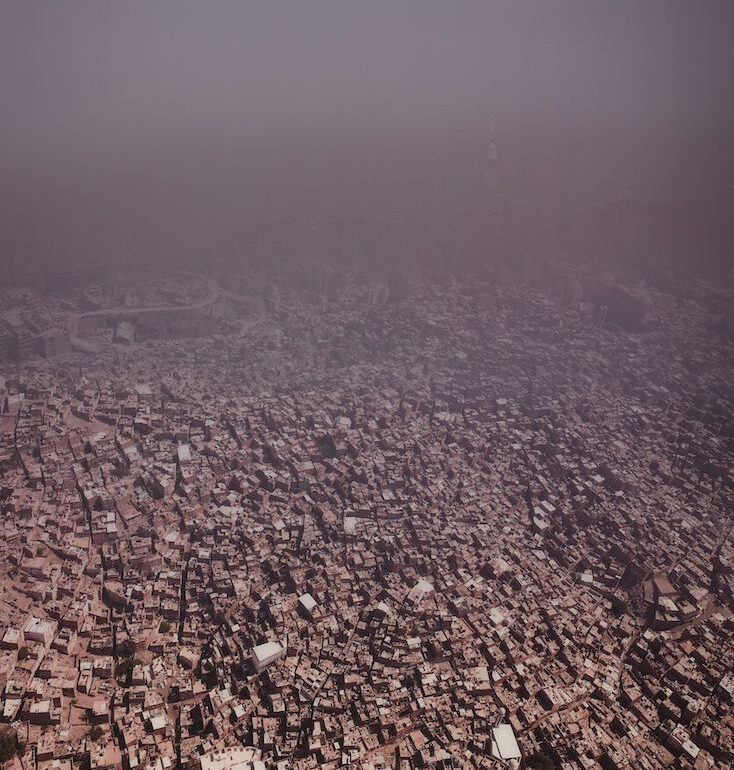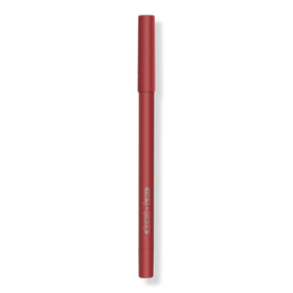Ahmed Mater
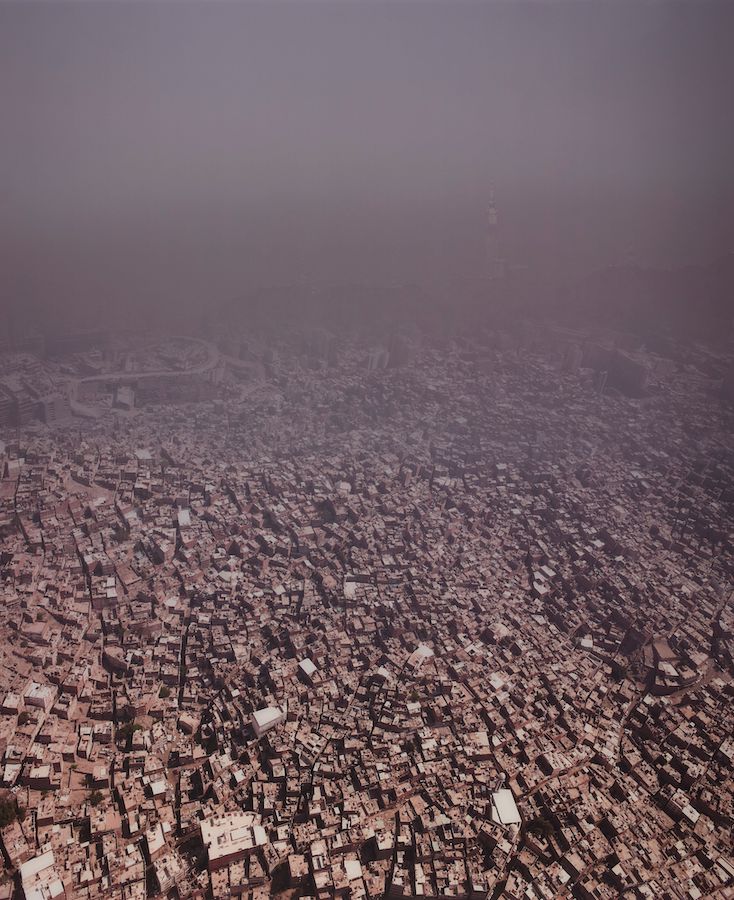
‘From the Real to the Symbolic City’
Christie’s latest Modern and Contemporary Middle East Art sale took place this week and included three pieces from the Saudi artist’s acclaimed — and ongoing — “Desert of Pharan” series, which focuses on the holy city of Makkah (a city Mater told Arab News he is “very connected to, spiritually”) and “maps the tension between the interface of Islamic culture and globalization in a city where a new vision for the future is being composed,” according to the auction notes. As Mater himself has said, “Makkah is being given a makeover, and the speed and breadth of its transformation is generating interrelated concerns regarding the city’s social mechanics and the ongoing and symbiotic relationship between demolition and construction.” This image from 2012, the auction notes explain, “foregrounds an unprecedented view of the traditional neighborhood of the Al-Mansour district of Makkah.”
Baya
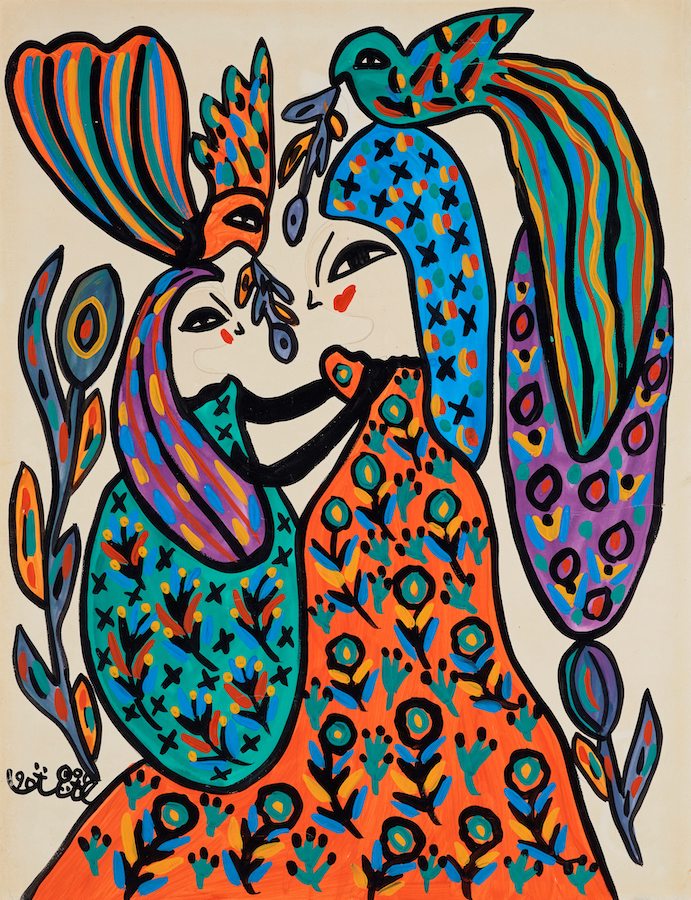
‘Untitled’
The late, great Algerian artist painted this piece in 1990, as she entered her sixties, but it contains the trademark vibrance of her work and includes a number of her recurring motifs, as the auction notes point out: “female figures in flowery dresses, plumages of multi-colored birds rendered with the gentle intermingling of shapes and exuberance of colors.” The French poet André Breton described Baya in the 1940s as the queen of “the beginning of an age of emancipation and harmony, in radical rupture,” as well as “the queen of happy Arabia.” This piece is a good example of the joy she managed to convey through her paintings.
Sultan bin Fahad

‘Mosques’
Part of the Saudi artist’s “Holy Economy” series, this piece — created in 2021 — is based on iconography of some scarves from India that the artist discovered in the Kingdom bearing mistranslated imagery of Makkah, which were intended to be sold as souvenirs to pilgrims. Bin Fahad collaborated with African artisans to make a series of beaded tapestries such as this one. “The resulting work, with color combinations rooted in African traditions, bears a striking resemblance to the 17th-century Mughal monument, Taj Mahal,” the auction notes state. “Embracing varied deviations and interpretations, bin Fahad forges connections between West Africa, South Asia, and the Middle East, leaving viewers with a rich ground to reflect on ideas surrounding mutuality and cross-cultural exchanges.”
Shakir Hassan Al-Said
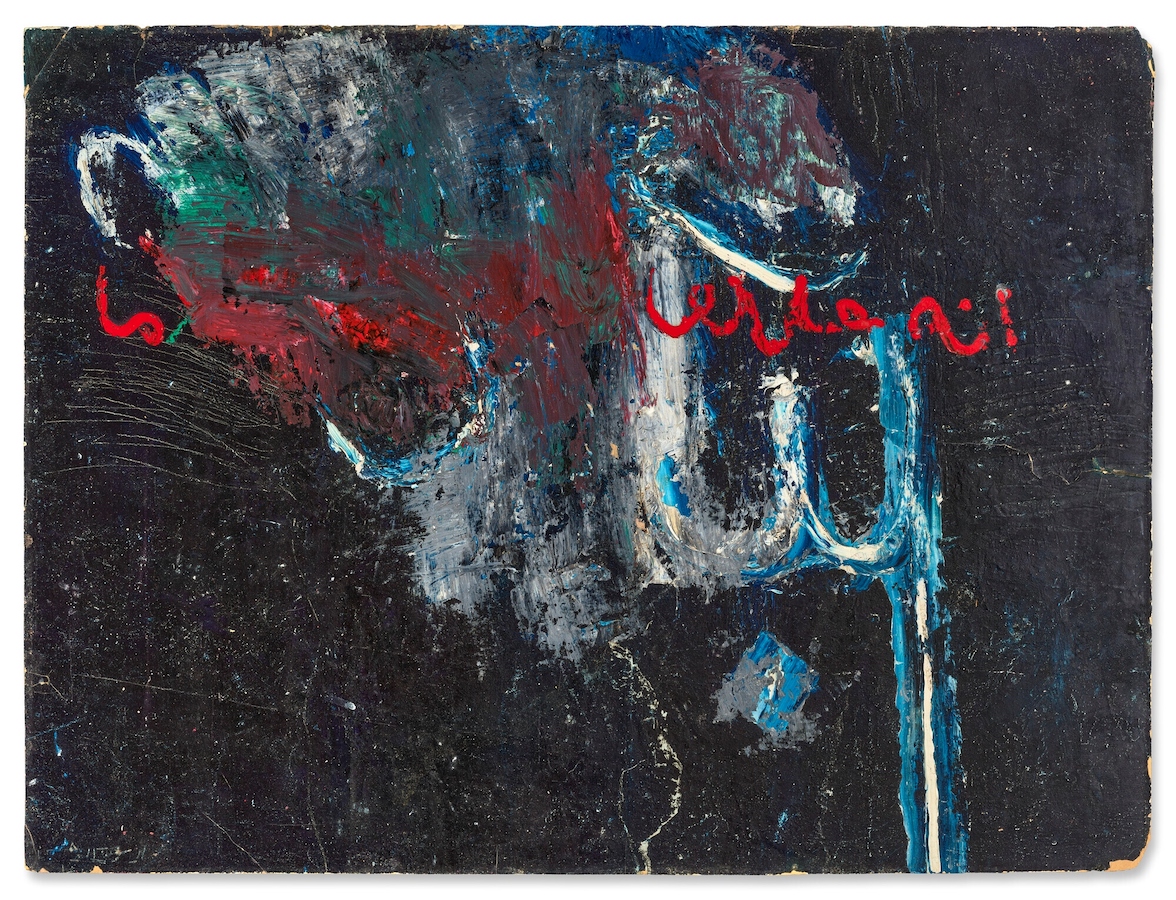
‘Untitled’
Al-Said is one of Iraq’s most influential artists, playing a major role in the formulation of an art scene that focused on regional, rather than Western, aesthetics. An expert calligrapher, many of his works, such as this piece from the mid-1970s, feature Arabic writing, but — as the auction notes stress — he “turned away from the stylized calligraphy of his contemporaries and focused on the gestural patterns found in the city walls, witness to centuries of history.” This was part of his exploration of “the endless possibilities in the line and the Arabic letter — Al-Said searched for the spiritual while deconstructing the meaning of art.”
Youssef Nabil
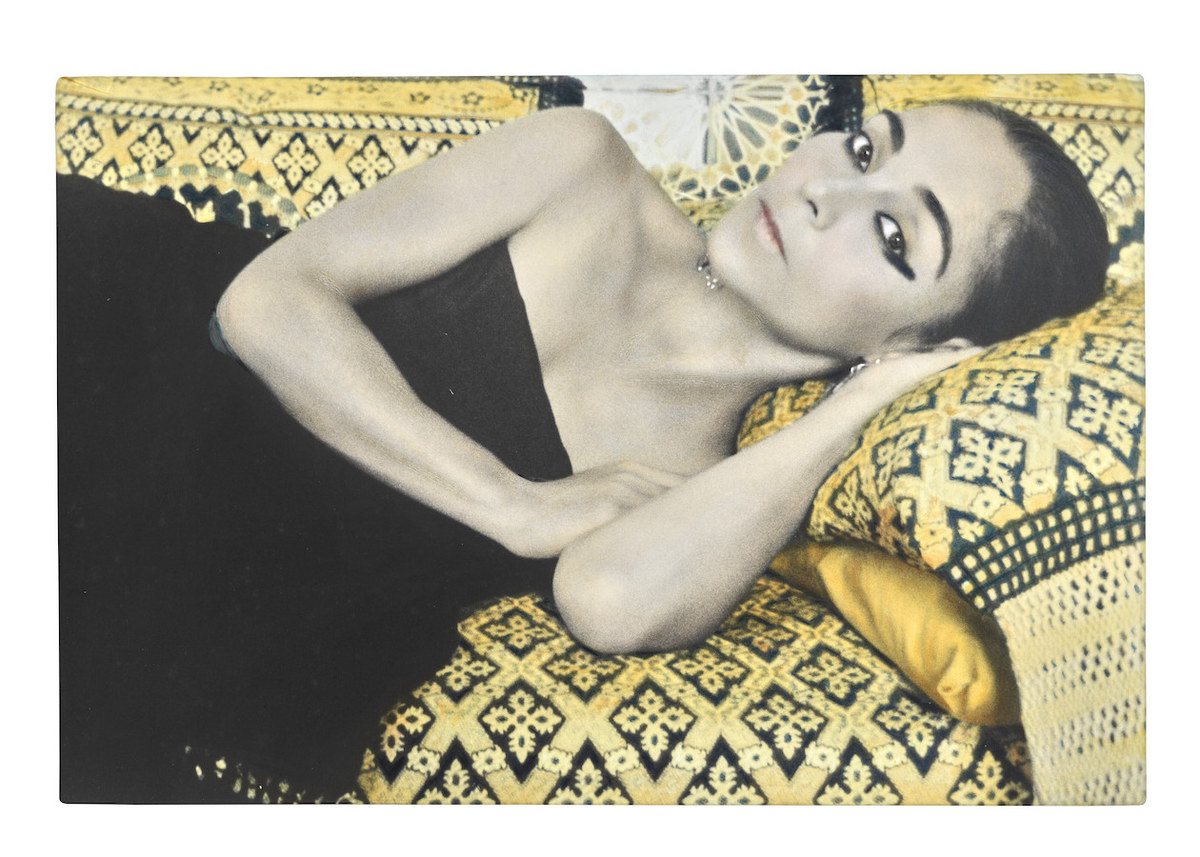 ‘Untitled (Shirin Neshat)’
‘Untitled (Shirin Neshat)’
This photograph is one of a series that the Egyptian artist has taken of the Iranian visual artist Shirin Neshat, and a fine example of why Nabil’s portrait photography has proven globally popular. “His works’ ethereal aesthetics take from the hand-coloring photography technique of technicolor films,” the auction notes state (Nabil is a self-professed fan of mid-20th-century Egyptian cinema). “The artist hand paints each of his black-and-white photographs, as editions become variations, each a unique version of the artist’s labor.”
Hassan Hajjaj

‘Eyes on Me’
Like Nabil, Hajjaj’s photography style is instantly recognizable and internationally acclaimed. Blending high-end fashion with knock-off brands and lowbrow pop-culture, the Moroccan artist, the auction notes say “is known to mix luxury brands with obvious fakes and usually frames his photography with repeated motifs consisting of cans and other mass-produced found objects.”
This post was originally published on this site be sure to check out more of their content.




